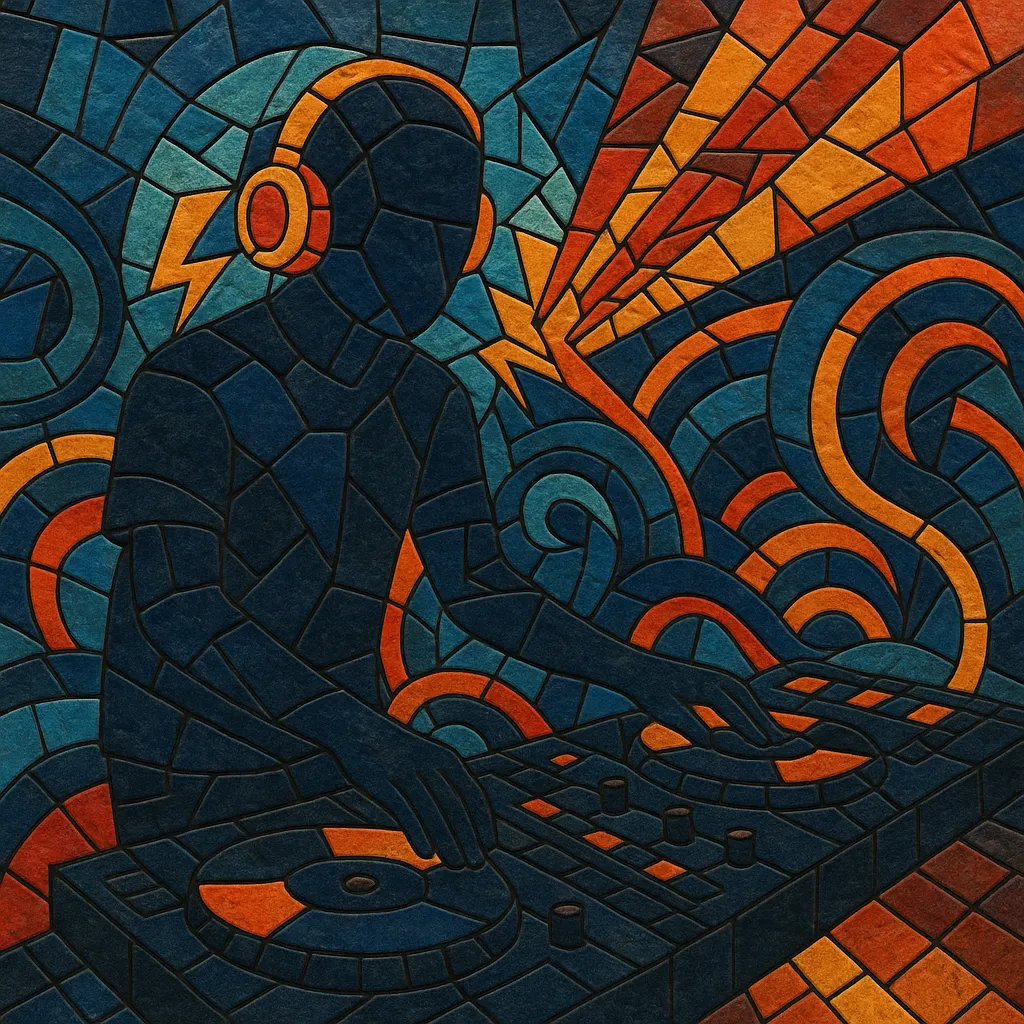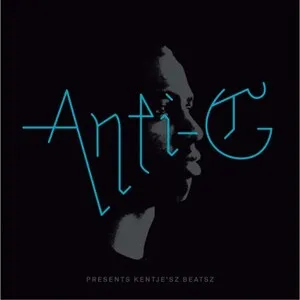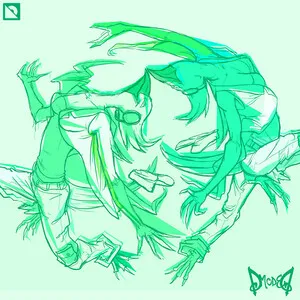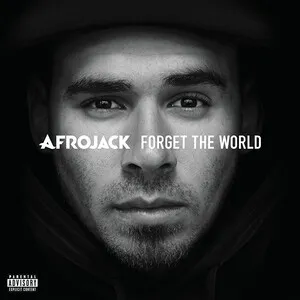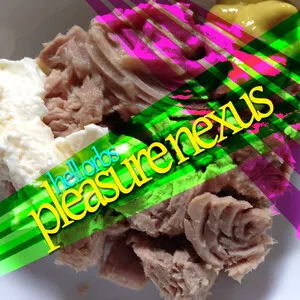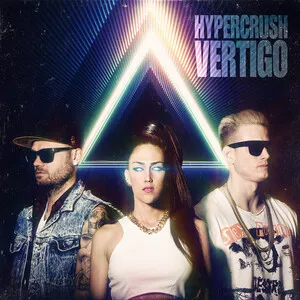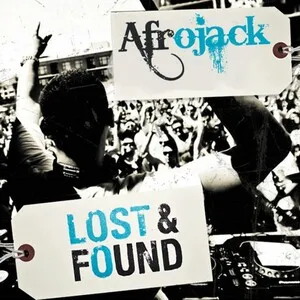Your digging level
Description
Dutch house (often called Dirty Dutch) is a percussive, minimalist strain of electro-house that emerged from the Netherlands in the late 2000s.
It is characterized by tight, tribal-leaning drum programming, syncopated rhythms, sparse arrangements, and distinctive high-pitched “bleepy” or squeaky lead synths that trade space with sub-heavy bass stabs. Tempos typically sit around 126–130 BPM, and grooves often emphasize swing and off-beat accents. Vocals, when present, are usually chopped, pitched, or used in short call-and-response phrases rather than full verses.
The style became a club and festival staple thanks to its punchy drops, crisp percussion, and earworm lead hooks, and it served as a key bridge between electro-house and the later big-room EDM sound.
History
Dutch house grew out of the Netherlands’ club scene in the late 2000s, particularly around Amsterdam and Rotterdam. DJs and producers began stripping electro-house down to its essentials, foregrounding punchy tribal percussion, syncopated patterns, and razor-sharp, high-pitched synth hooks. Parties branded as “Dirty Dutch,” spearheaded by DJ Chuckie, helped crystallize the aesthetic and community around the sound.
Releases from Dutch artists such as DJ Chuckie, Afrojack, Laidback Luke, Sidney Samson, Gregor Salto, and Bingo Players spread the style internationally. Labels and imprints connected to these artists (e.g., Mixmash Records, Wall Recordings, Spinnin’ sublabels) became hubs for the sound. A pivotal moment came when Dave Nada slowed Afrojack & Chuckie’s “Moombah” remix to reggaeton tempo, sparking moombahton; this highlighted Dutch house’s distinctive tonal leads and percussion and showed how easily its elements could cross tempos.
As the broader EDM festival wave surged, Dutch house’s minimal, percussive drops and piercing lead motifs fed directly into the big-room aesthetic. The music’s functional design—clear build-ups, explosive yet sparse drops, and memorable riffs—made it ideal for large stages. Producers worldwide adopted and adapted its templates, while Dutch artists became mainstays on international lineups.
Dutch house left a lasting imprint on 2010s dance music. It directly informed moombahton and, by extension, moombahcore, and its structural and timbral ideas influenced big room house and even the bounce-oriented strains of electro. The style remains a go-to vocabulary for DJs seeking high-impact, groove-forward peaks in club and festival sets.

